Trump’s Volatility Is Pushing Asia Toward Beijing
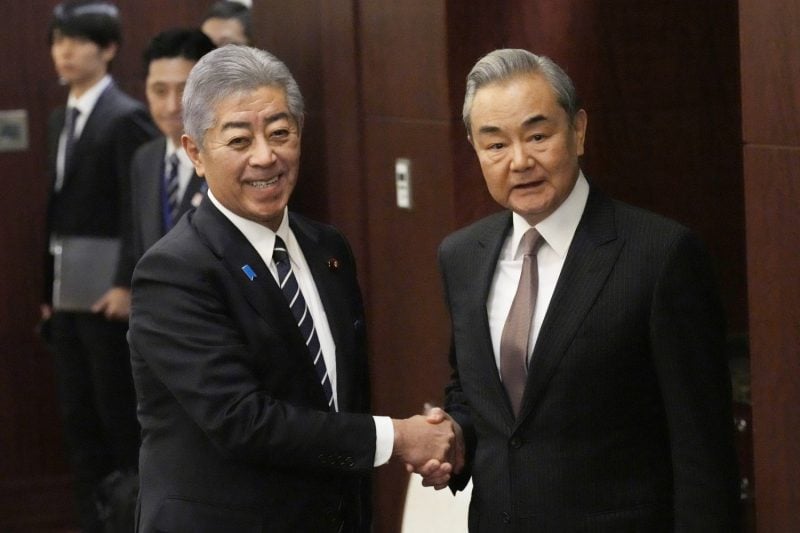
Trump’s Volatility Is Pushing Asia Toward Beijing
But fears over China’s intentions could limit its regional gains.
Japanese Foreign Minister Takeshi Iwaya shakes hands with Chinese Foreign Minister Wang Yi following a meeting of the foreign ministers of China, Japan, and South Korea in Tokyo on March 22. Eugene Hoshiko/Pool/AFP via Getty Images
This could be the most volatile geopolitical moment in the Indo-Pacific since World War II. Extreme uncertainty surrounding the Trump administration’s policies is prompting U.S. allies and partners alike to explore the possibility of relying less on the United States and pivoting more toward China. U.S. President Donald Trump’s 90-day pause of the steep tariffs he placed on friend and foe alike is unlikely to have quelled regional concerns. But U.S. policy alone is not enough to produce a shift; Beijing will also have to capitalize on the emerging geopolitical inflection point if it wants to ensure a long-lasting shift toward a China-centric region.
Take Vietnam, the ultimate strategic hedger in the Indo-Pacific. It has been careful to balance relations with China and the United States, both of which it treats as a “comprehensive strategic partner”—the highest level of partnership Hanoi can offer. This month, Vietnam welcomed Chinese President Xi Jinping in Hanoi, where both sides pledged to elevate their partnership even higher. This was a deliberate message to the United States from Vietnam, which had just been hit with a 46 percent tariff rate, that the country has other options. And Xi played the role of spoiler to a tee: Taking a clear swipe at Trump’s tariffs, he urged Vietnam to resist “unilateral bullying.” Xi also warned that “there are no winners in trade wars and tariff wars, and protectionism has no way out.” Rather than point out the irony of a Chinese leader lecturing about protectionism, Trump merely responded that China was probably trying to “screw” the United States. Xi went on to Malaysia and Cambodia—facing U.S. tariffs of 24 and 49 percent, respectively—to make a similar argument.
This could be the most volatile geopolitical moment in the Indo-Pacific since World War II. Extreme uncertainty surrounding the Trump administration’s policies is prompting U.S. allies and partners alike to explore the possibility of relying less on the United States and pivoting more toward China. U.S. President Donald Trump’s 90-day pause of the steep tariffs he placed on friend and foe alike is unlikely to have quelled regional concerns. But U.S. policy alone is not enough to produce a shift; Beijing will also have to capitalize on the emerging geopolitical inflection point if it wants to ensure a long-lasting shift toward a China-centric region.
Take Vietnam, the ultimate strategic hedger in the Indo-Pacific. It has been careful to balance relations with China and the United States, both of which it treats as a “comprehensive strategic partner”—the highest level of partnership Hanoi can offer. This month, Vietnam welcomed Chinese President Xi Jinping in Hanoi, where both sides pledged to elevate their partnership even higher. This was a deliberate message to the United States from Vietnam, which had just been hit with a 46 percent tariff rate, that the country has other options. And Xi played the role of spoiler to a tee: Taking a clear swipe at Trump’s tariffs, he urged Vietnam to resist “unilateral bullying.” Xi also warned that “there are no winners in trade wars and tariff wars, and protectionism has no way out.” Rather than point out the irony of a Chinese leader lecturing about protectionism, Trump merely responded that China was probably trying to “screw” the United States. Xi went on to Malaysia and Cambodia—facing U.S. tariffs of 24 and 49 percent, respectively—to make a similar argument.
Traditional U.S. allies in Northeast Asia are putting out feelers to China, too. Envoys from Japan and South Korea concluded a meeting with their Chinese counterparts to discuss economic and trade cooperation in late March—the first such engagement in five years. Beijing’s state media later proclaimed the three countries had agreed to cooperate to blunt U.S. tariffs; Tokyo and Seoul disputed Beijing’s characterization of the talks. Acting South Korean President Han Duck-soo pledged that Seoul would not follow through with China and preferred bilateral negotiations with the United States. Japan had been doing the same, although last week Japanese Prime Minister Shigeru Ishiba hedged his bets by sending a letter to Xi requesting trade negotiations.
While China’s ability to restart joint talks with Japan and South Korea may be the start of something new, the reality is that anti-China sentiment and suspicion of Beijing continue to run high among Japanese and South Koreans. Public antipathy recently jumped to what may be an all-time high, according to polling data. Additionally, both allies have been critical enablers of Washington’s Indo-Pacific strategy to counter China and North Korea. It would take a lot of additional changes in U.S. policy for them to begin relying more on China.
In South Asia, there has been much talk about a potential detente between India and China since October, when the two sides agreed to a return to the status quo ante on their Himalayan border after several years of a military standoff. Recently, Indian Prime Minister Narendra Modi lauded “extremely strong” Sino-Indian ties. Although the U.S.-India partnership is historically strong—with Modi one of the first foreign leaders to visit Trump in February at the White House—Trump’s moves remain unpredictable. Modi may therefore be seeking to hedge with China to avoid being strategically abandoned should the U.S.-China relationship suddenly improve.
Finally, in Oceania, the combination of the Trump administration’s dismantling of U.S. foreign aid and rejection of climate change—both of which are high on the agenda of Pacific island nations—appears to have convinced them to begin preferring China instead of the United States as a key strategic partner. Even before the April 2 tariffs shock, Pacific Islands Forum Secretary-General Baron Waqa argued that Pacific island nations must work together to find “other alternatives for cooperation” than partnering with Washington. After the tariffs announcement, Papua New Guinean Prime Minister James Marape parroted Beijing’s talking points, saying that “if the U.S. market becomes more difficult due to this tariff, we will simply redirect our goods to markets where there is mutual respect [my emphasis] and no artificial barriers.” Dating back to at least the first Trump administration, Washington has been successfully outcompeting Beijing in the region, but China now sees a clear strategic opening.
One quick win for Beijing would be distributing much-needed aid. According to public congressional testimony by the head of U.S. Africa Command, China is already “trying to replicate” scrapped U.S. Agency for International Development (USAID) programs in Africa. So far, the new Chinese programs have been less effective than USAID’s, but that is unlikely to stop China from trying to do the same for the Pacific islands.
Regardless of Beijing’s level of success, the sudden removal of USAID programs will naturally facilitate China’s charm offensive. Following the devasting earthquake in Myanmar last month, for example, China was among the first countries to send rescue teams, whereas U.S. teams showed up late and in small numbers. Rather than worrying about Washington losing influence to China, U.S. Secretary of State Marco Rubio encouraged Beijing to do more: “China is a very rich country. … There are a lot of other countries in the world, and everyone should pitch in.”
Recent shifts in how U.S. allies and partners are dealing with China should be worrisome, but it is still early days. For one, there is much lingering goodwill toward the United States. According to a recent poll of Southeast Asians’ views of whether they prefer the United States or China as a strategic partner, Washington not only leads Beijing but actually saw a slight uptick in its standing compared with last year’s survey. The poll took place before the April 2 tariff shock, but the United States is at least starting from a position of strength.
Much will depend on how the Trump administration calibrates its approach and Beijing handles its newfound influence. If Washington, for example, engages in more assertive behavior—as when Trump this month suggested that he may ask countries to choose between China and the United States—then partners will likely explore their options with Beijing. If China continues to bully its weaker neighbors, as it has done for decades in the South China Sea, it could limit any potential shift away from the United States. Most importantly, Washington could reverse any tilt toward Beijing by engaging allies and partners in ways that provide economic benefits and make the Indo-Pacific safer from threats such as China.
This post is part of FP’s ongoing coverage of the Trump administration. Follow along here.
Derek Grossman is a senior defense analyst at the Rand Corp., an adjunct professor at the University of Southern California, and a former daily intelligence briefer to the U.S. assistant secretary of defense for Asian and Pacific security affairs. X: @DerekJGrossman
More from Foreign Policy
-

A drawn illustration of a Trump whirlwind on a red background Four Explanatory Models for Trump’s Chaos
It’s clear that the second Trump administration is aiming for change—not inertia—in U.S. foreign policy.
-

Marco Rubio is seen up close, sitting on a couch beside J.D. Vance. Marco Rubio’s Soulless Crusade
The U.S. secretary of state stands for no principle other than serving the man who appointed him.
-

Soldiers from various NATO allies take part in a military exercise at the Smardan Training Area in Smardan, Romania, on Feb. 19. America Will Miss Europe’s Dependence When It’s Gone
European self-reliance for security will cost U.S. jobs, profits, and influence.
-

A collage photo illustration shows Donald Trump gesturing with arms wide. In front of him are headshots of Benjamin Netanyahu and Vlodymyr Zelensky, images of immigratns and ICE police, a tattered EU flag and America First signs. Trump’s First 100 Days on the Global Stage
Ten thinkers on what to make of the opening salvo of the president’s second term.

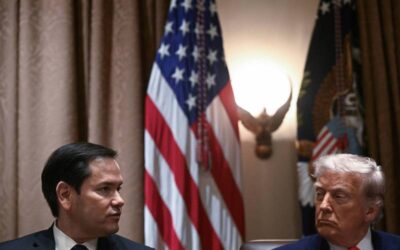
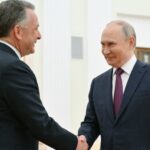



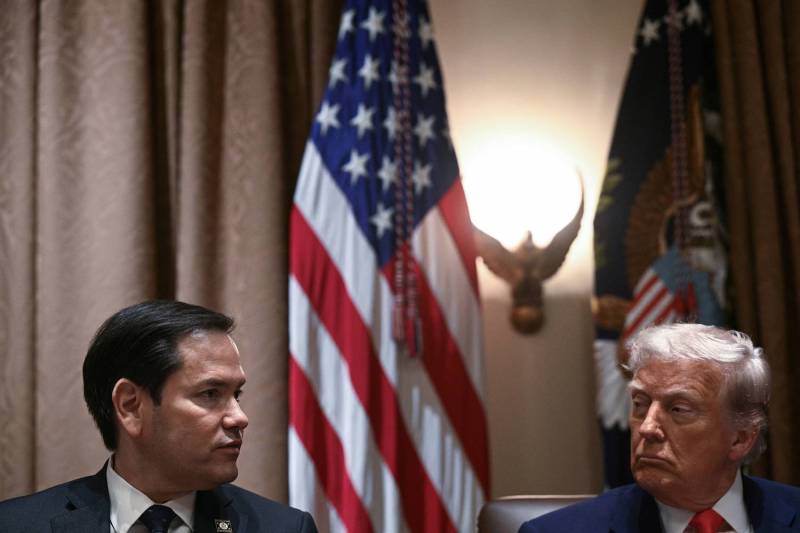
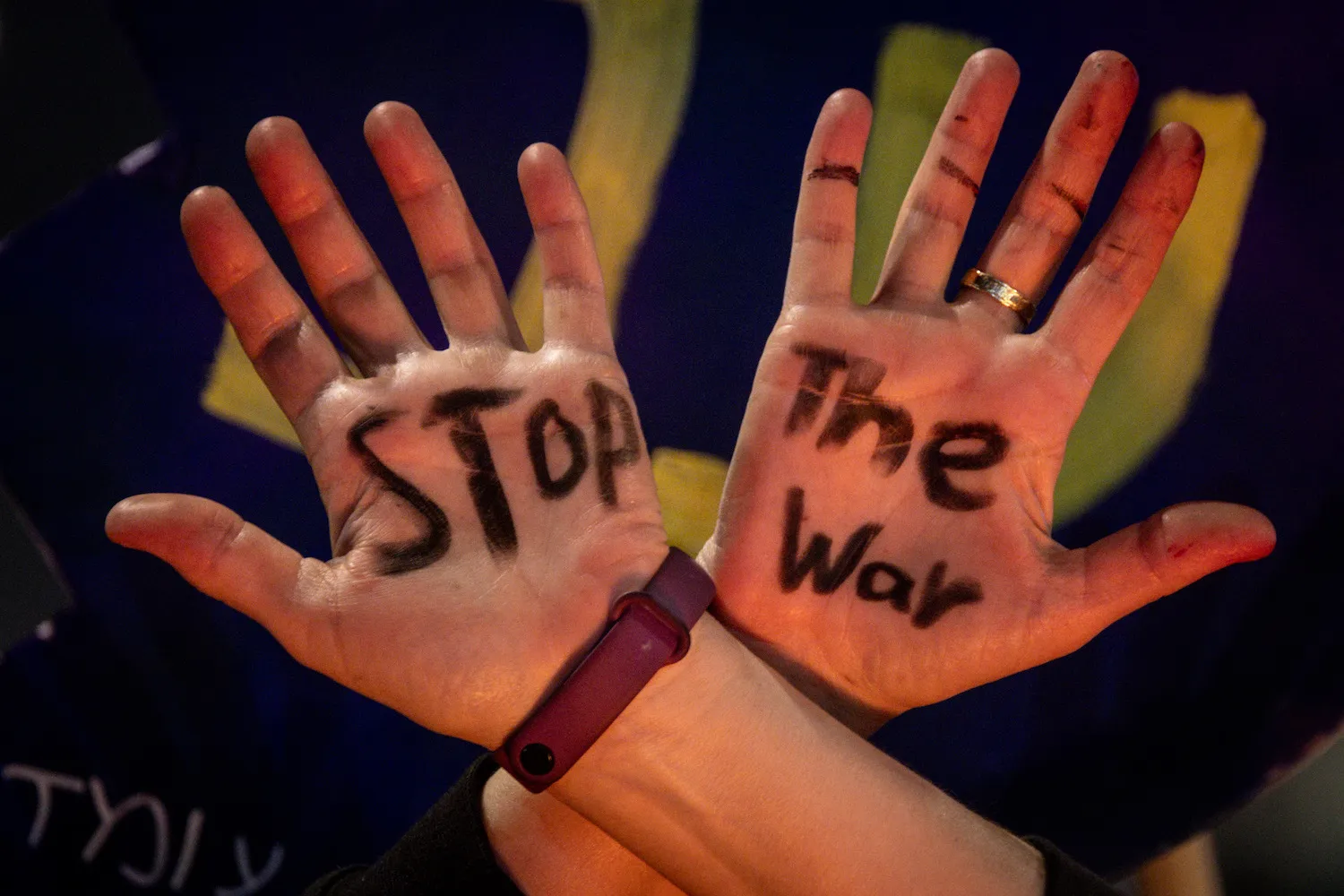

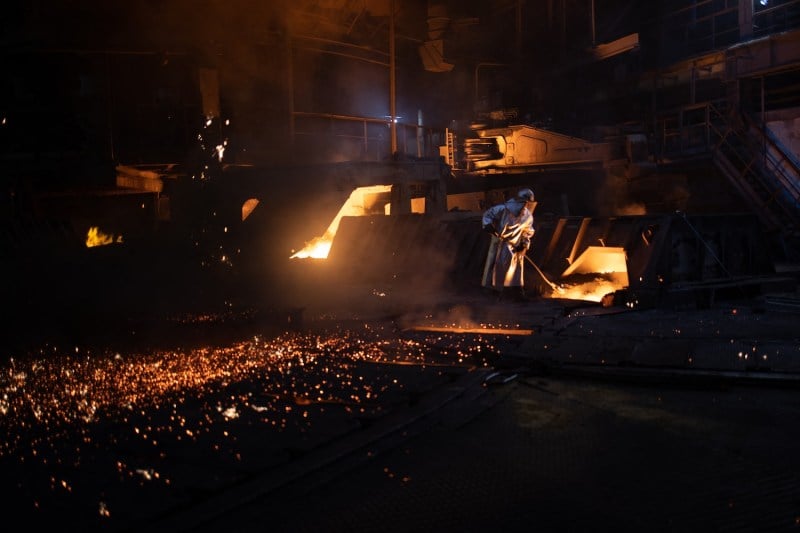
Join the Conversation
Commenting on this and other recent articles is just one benefit of a Foreign Policy subscription.
Already a subscriber?
.
Subscribe
Subscribe
View Comments
Join the Conversation
Join the conversation on this and other recent Foreign Policy articles when you subscribe now.
Subscribe
Subscribe
Not your account?
View Comments
Join the Conversation
Please follow our comment guidelines, stay on topic, and be civil, courteous, and respectful of others’ beliefs.
Change your username |
Log out
Change your username:
CANCEL
Confirm your username to get started.
The default username below has been generated using the first name and last initial on your FP subscriber account. Usernames may be updated at any time and must not contain inappropriate or offensive language.